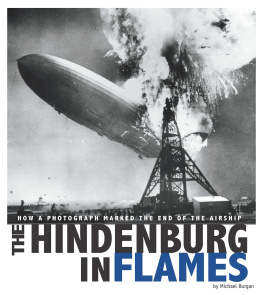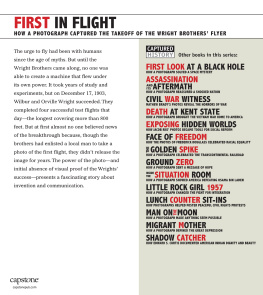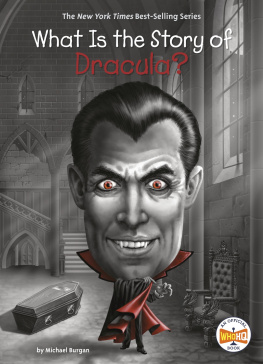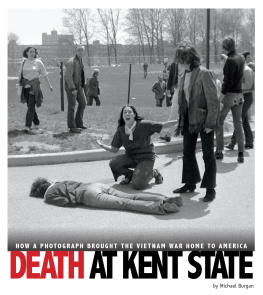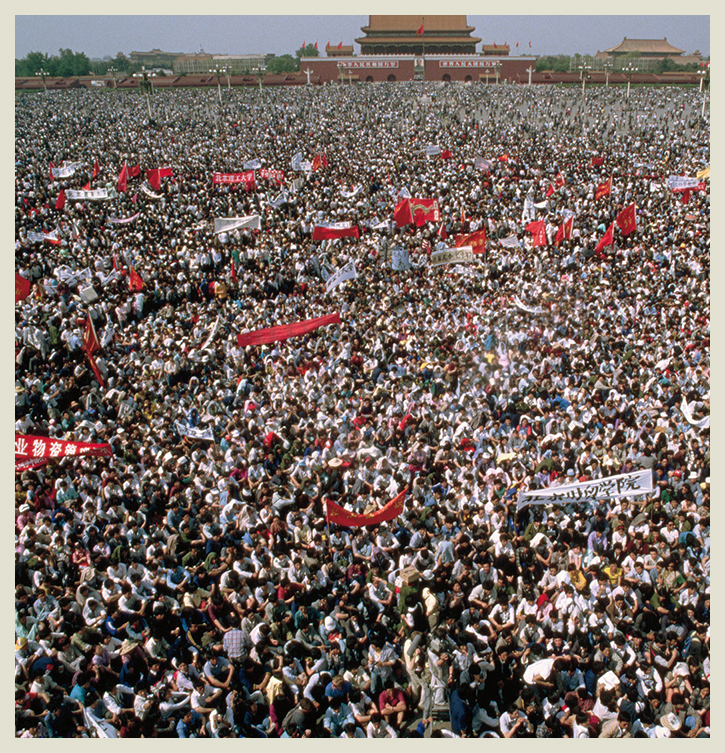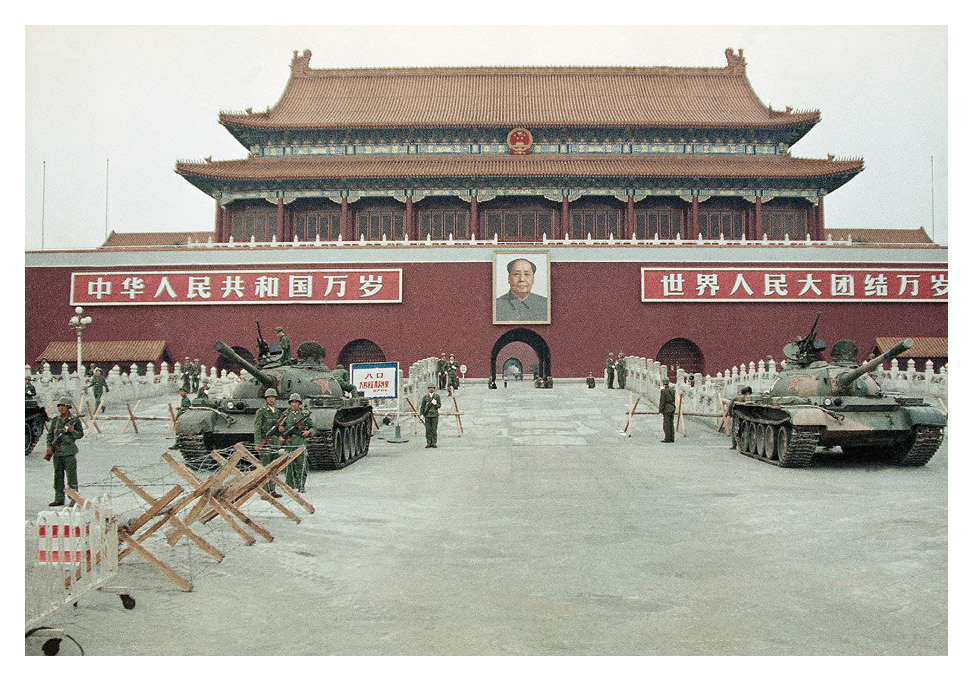They came from the city and the countryside, more than 100,000 Chinese soldiers. On June 2, 1989, they ringed the city of Beijing, the capital of China. For almost two months, the citys Tiananmen Square had been the site of growing protests in favor of political and economic reforms. Now the military was ready to end the protests once and for all and restore order.
The first protesters to gather at the square had been students from Beijing universities. Then students from outside the capital joined them, and so did teachers and workers. At first the students only wanted to honor one of their countrys leaders, who had died in April. But within days their tributes turned to protests against Chinas strict government. The Communist Party controlled the government and most areas of life in China, and no other political groups had a say in what happened. The students wanted to change that. As the protests went on, and the worlds attention focused on Tiananmen Square, Chinese government officials debated what to do. Now they were ready to act.
A sea of student protesters gathers in Tiananmen Square in early May 1989. The Chinese government ended the protest with a bloody crackdown one month later.
A HISTORIC SQUARE
Several of Chinas most important historic structures are in and around Tiananmen Square, which is in the heart of Beijing. The oldest is the Gate of Heavenly Peace, which dates to the 1400s, though it has been destroyed and rebuilt several times. Notable buildings include a hall dedicated to Mao Zedong, the first leader of the Peoples Republic of China, the official name for the country.
Tiananmen Square was also the site of another protest led by college students. In 1919 thousands of them gathered to show their anger over the Treaty of Versailles, which had ended World War I. The treaty, the protesters thought, was unfair to China because it did not return some Chinese land to the countrys control. The activity began on May 4 of that year, and it sparked more protests and calls for reform that became known as the May 4th Movement. The Peoples Republic of China later honored these early student protesters, who had helped awaken a desire for a stronger China. Some of the protest leaders also had helped promote communism in Chinathe form of government still practiced there today.
Soldiers stood guard at Tiananmen Square after the 1989 protesters were silenced.
The next day, June 3, several thousand of the troops began entering the city and heading to Tiananmen Square. As they moved forward, tens of thousands of Chinese people flooded the streets of Beijing, hoping to stop them. One young man called to the soldiers, You are the peoples army. The students movement is patriotic, and you mustnt use violence against it. Think about it. But the soldiers had orders to follow, and they continued their advance.
At times during the day, soldiers clashed with the protesters. The soldiers swung wooden sticks. They also used cattle prods, which delivered electric shocks. Some were accused of shooting rubber bullets, which are designed to injure people but not kill them. Some protesters fought back by throwing rocks. Later others would use firebombs, which were made from bottles filled with gasoline.
A young woman is caught between protesters and soldiers who were trying to remove her from the square.
Starting around 6 p.m., radio and TV stations began to announce that everyone must obey the martial law that was in force. The government had placed limits on peoples actions about two weeks before, but many of the protesters had ignored the martial law. Now the militarys presence meant the government was serious about enforcing its orders. The media warned that the martial law army, police, and armed police have the power to use whatever means necessary to force [people] to obey. Similar announcements followed through the evening, but few people left Tiananmen Square.
About 10 p.m. the power behind the governments threat was unleashed. Gunfire erupted in parts of the city. Then thousands of soldiers, some in armored vehicles, headed for Tiananmen Square. Some fired real bullets, while others stabbed protesters with their bayonets. Instead of fleeing, some student leaders marched to the center of the square, to the Monument to the Peoples Heroes. A student later said, We were ready to receive the butchers knives in peace. Some students talked to an army officer, trying to arrange for a peaceful withdrawal. The students began to leave, but violence began again later just outside the square.
Students set an armored personnel carrier on fire during the height of the protest.
Some protesters fought back with firebombs and rocks. They managed to set several armored vehicles ablaze. The remaining students chanted, Long live the people as they watched the soldiers carry out their brutal assault. As they moved forward, the soldiers removed the bodies of some of the dead, so no one would know how many people had been killed. Other dead bodies were burned on the spot. The dead included children and the elderly. One student howled with sadness and anger after seeing a protester killed. Maybe well fail today, he said. Maybe well fail tomorrow. But someday well succeed.
The dead bodies of protesters lie among mangled bikes near Tiananmen Square early on June 4.
Before sunrise the Chinese troops had taken control of Tiananmen Square, though protesters remained in nearby streets. Gunfire could be heard in the area throughout much of June 4 as more soldiers in tanks and armored personnel carriers moved in. Burned-out cars and trucks sat on many of the citys streets, a sign that violence had spread beyond Tiananmen Square.
Gunfire still rang out in parts of Beijing on June 5. But to Chinas rulers, the assault on Tiananmen Square had been a success. Its troops had ended a protest that the leaders thought threatened their power. More tanks rumbled through the city, and late that morning a long column of tanks rolled along Changan Avenue. This major east-west route lies just north of Tiananmen Square.
A couple takes cover at a Beijing underpass as tanks roll overhead on June 5.
Around Changan Avenue photographers and video camera crews recorded the column of tanks moving along the street. Suddenly a man in white shirt came into view, standing in the middle of the street. Amazingly, to many people watching, the first tank stopped just a few feet in front of the man. The tanks behind it stopped as well. Then the driver of the lead tank tried to move around the single figure blocking its path. But the man moved too, staying in front of it. The tank driver tried to move the other way, and again the man cut the tank off. The movement became an unlikely dance between man and machine.


